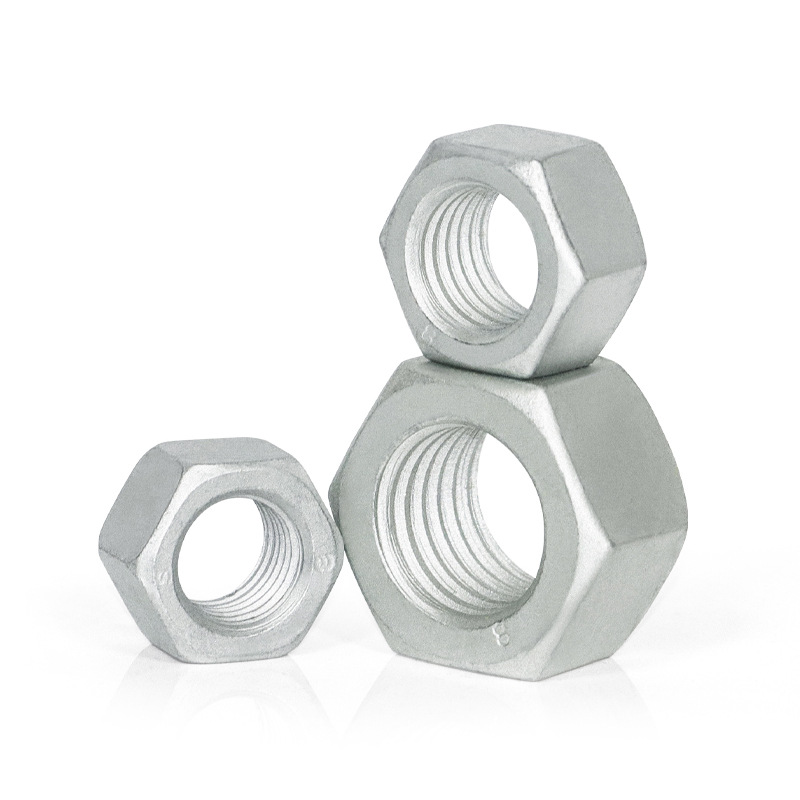

Countersunk Self-Drilling Screws for Efficient and Secure Fastening Solutions
Dec . 09, 2024 18:13 Back to list
Countersunk Self-Drilling Screws for Efficient and Secure Fastening Solutions
Understanding Countersunk Self-Drilling Screws A Comprehensive Guide
In the realm of construction and woodworking, the choice of fasteners is paramount. Among the array of options, countersunk self-drilling screws stand out for their unique design and functional advantages. This article aims to provide a comprehensive overview of these screws, exploring their applications, benefits, and installation techniques.
What are Countersunk Self-Drilling Screws?
Countersunk self-drilling screws are specialized fasteners designed to combine drilling, threading, and countersinking into a single operation. The head of these screws is usually flat or conical, allowing them to be driven flush with or below the surface of the material being fastened, providing a sleek finish. The self-drilling tip, often referred to as a “pilot point,” eliminates the need for pre-drilling, making them particularly efficient for certain applications.
Key Features
1. Self-Drilling Tip The most distinguishing feature of these screws is their self-drilling capability. This allows for faster installation as the screws can create their own hole in the material, reducing labor time and minimizing the risk of material splitting.
2. Countersunk Head The design of the countersunk head allows the screw to sit flush with the surface. This is especially important for aesthetic purposes or when using materials like plywood or metal sheets, where protruding screws can be both unsightly and potentially hazardous.
3. Material and Coating Countersunk self-drilling screws are typically made from high-strength metals, such as stainless steel or carbon steel, and often come with various coatings (such as zinc or black oxide) to resist corrosion and wear. This makes them suitable for both indoor and outdoor applications.
Applications
Countersunk self-drilling screws are versatile and widely used across various industries, including
- Construction and Framing In structural applications, these screws offer the strength and stability needed for securing metal sheeting, wood framing, and other building materials. - Metal Fabrication They are ideal for attaching metal components together, often seen in HVAC systems, ductwork, and metal siding installations.
- Furniture Manufacturing In woodworking, these screws are prized for their ability to create a clean finish on furniture surfaces, eliminating the need for additional finishing work.
- Automotive The automotive industry utilizes these screws for assembling components, where a smooth surface finish is essential for both functionality and appearance
.countersunk self drilling screws

Benefits
1. Time-Saving The most significant advantage of using countersunk self-drilling screws is the reduction in installation time. By eliminating the pre-drilling step, they speed up the assembly process, making them ideal for large projects.
2. Enhanced Aesthetics With their ability to sit flush against the surface, these screws contribute to a cleaner, more professional finish, which is particularly important in visible applications such as furniture or exterior cladding.
3. Increased Strength The self-drilling feature allows the screws to create precise holes, ensuring a tight fit that enhances the overall strength of joints compared to traditional screws that might require pilot holes.
4. Versatility Available in various sizes, lengths, and materials, countersunk self-drilling screws can be used across a range of materials, from wood to metal, making them a go-to choice for builders and craftsmen alike.
Installation Tips
When installing countersunk self-drilling screws, consider the following tips for optimal results
- Choose the Right Size It's essential to select a screw size appropriate for your materials to ensure maximum holding power without splitting.
- Use a Power Tool A power drill or impact driver can facilitate quick and efficient installation, especially in thicker materials.
- Maintain Steady Pressure Applying steady pressure while driving the screw ensures a clean installation without stripping the screw head.
- Prevention of Over-Tightening Avoid over-tightening to prevent damaging the material or compromising the screw's hold.
Conclusion
Countersunk self-drilling screws are indispensable tools in modern construction and woodworking. Their unique design offers a blend of efficiency, strength, and aesthetic appeal, making them suitable for a wide variety of applications. Whether you are a professional contractor or a DIY enthusiast, understanding the benefits and applications of these screws can significantly enhance your projects, ensuring durability and a polished finish. By utilizing the right practices during installation, you can maximize their potential and achieve high-quality results every time.
Latest news
-
Hot Dip Galvanized Bolts - Hebei Longze | High Strength, Corrosion Resistance
NewsAug.01,2025
-
High-Strength Hot Dip Galvanized Bolts - LongZe | Corrosion Resistance, Custom Sizes
NewsAug.01,2025
-
Best Self Tapping Screws for Drywall - Fast & Secure Installation
NewsJul.31,2025
-
High-Strength Hot Dip Galvanized Bolts-Hebei Longze|Corrosion Resistance&Customization
NewsJul.31,2025
-
Hot Dip Galvanized Bolts-Hebei Longze Metal Products|Corrosion Resistance&High Strength
NewsJul.31,2025
-
Hot Dip Galvanized Bolts-About LongZe|High Strength, Corrosion Resistance
NewsJul.30,2025

